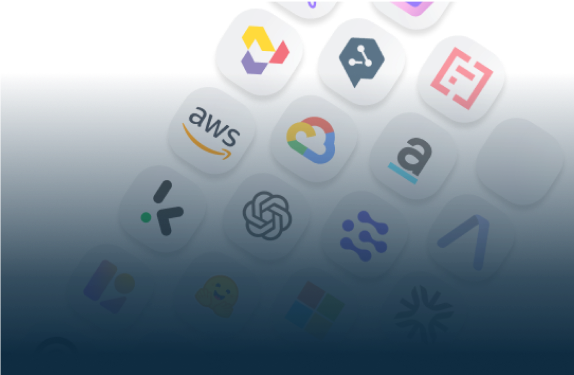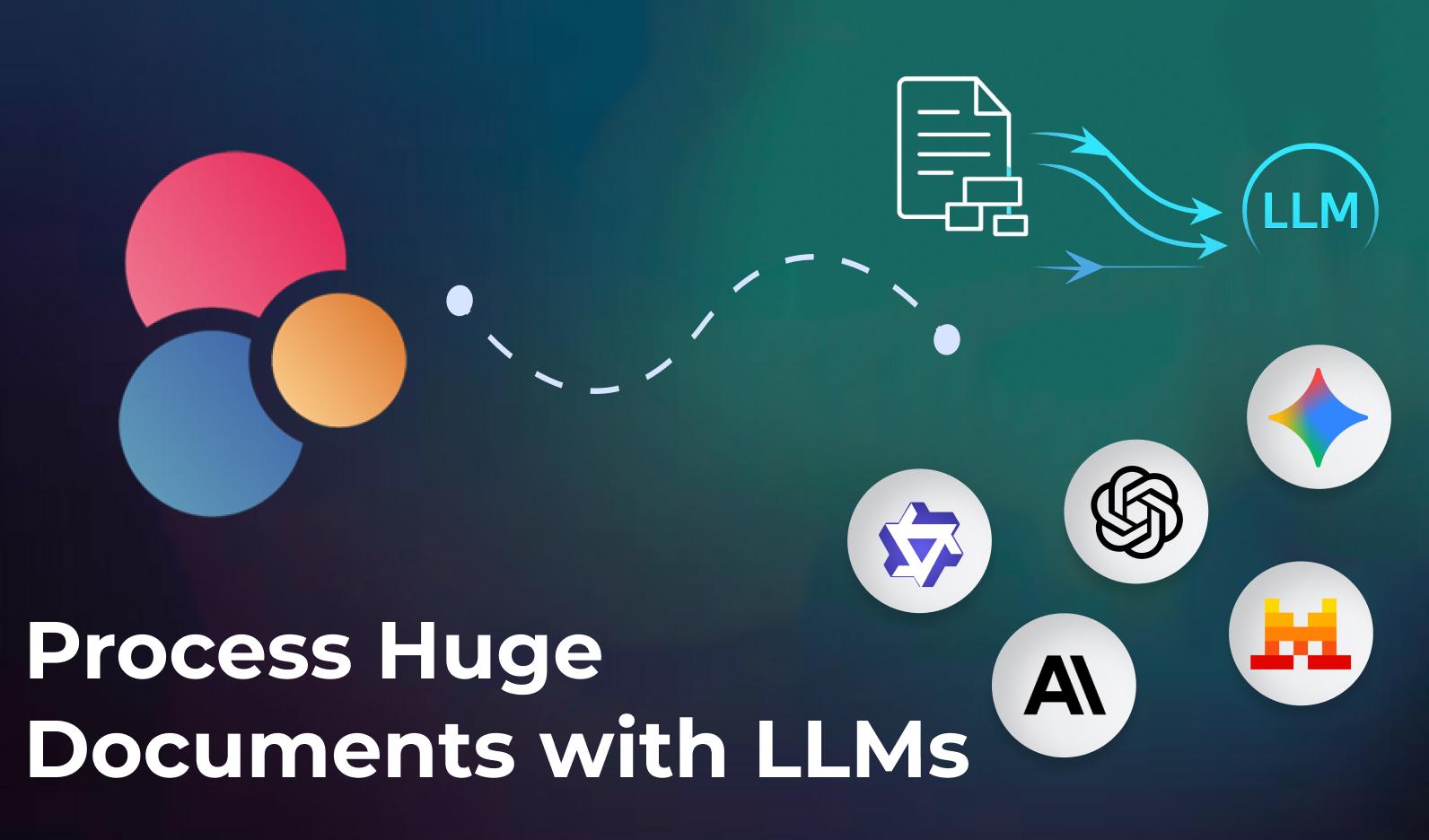
Start Your AI Journey Today
- Access 100+ AI APIs in a single platform.
- Compare and deploy AI models effortlessly.
- Pay-as-you-go with no upfront fees.
Large Language Models (LLMs) are powerful, but processing very long documents remains a challenge. Whether it’s reports, legal files, or research papers, token limits and high costs can make direct processing inefficient or impossible. This article explores how to handle large documents effectively - step by step - and how tools like Eden AI can help you orchestrate the process.

Most LLMs have context length limits (e.g., 8K, 32K, or even 200K tokens).
Sending a full document at once can lead to:
To solve this, you need a structured approach that splits, routes, and processes your document intelligently.
Resist the temptation to feed the full file directly into a single API call.
Instead, break down the document into smaller, manageable sections that can be processed independently.
This approach:
Chunking means splitting a document into smaller text segments.
To ensure context continuity between parts, you can include overlaps, a few sentences repeated between chunks.
Example:
That overlap helps the model maintain context flow and prevents loss of meaning.
💡 Tip: Adapt chunk size to your model’s token limit. For instance, 1,000–2,000 tokens per chunk for models like GPT-4-turbo or Claude 3.
Not all steps in document processing are equal. Instead of sending everything to a single LLM, divide the workflow into stages:
Each stage can reuse outputs from the previous one, making the pipeline modular, traceable, and cost-efficient.
Different models perform better on different subtasks:
By combining multiple models, you get higher quality at lower cost than using one large model for everything.
Eden AI allows you to orchestrate multiple AI models and steps through a single platform:
With Eden AI, you can build robust workflows for huge document pipelines, without writing complex orchestration code.
Processing long documents with LLMs isn’t about sending everything at once, it’s about structuring intelligence.
By chunking, staging, and matching each task with the right model, you can scale document analysis efficiently and cost-effectively.
With Eden AI, you turn complex multi-step document processing into an automated, optimized pipeline, ready for production.


You can start building right away. If you have any questions, feel free to chat with us!
Get startedContact sales
